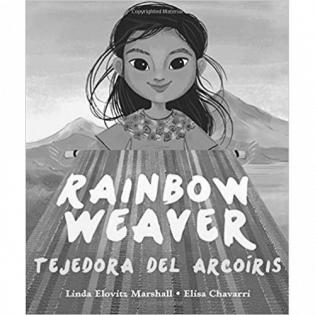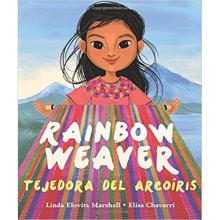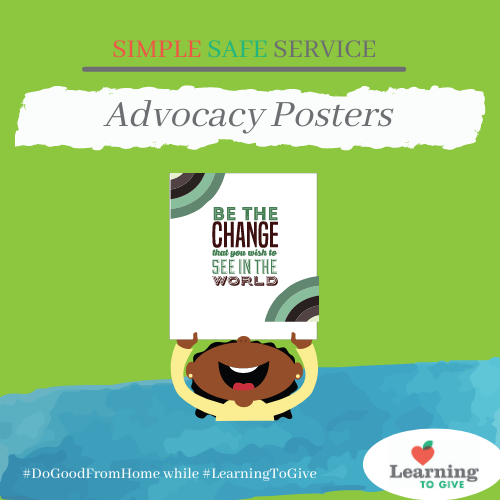Rainbow Weaver Literature Guide
Written in both Spanish and English, this book tells the story of Ixchel from Guatemala who wants to be part of the cultural arts tradition of Mayan weaving. Her mother says she is too young to learn and they cannot afford the threads for Ixchel to practice with. Ixchel's attempts to participant show creative problem solving, artistic creativity, and glimpses of her Latinx culture and community. Her solution will motivate readers to use recycled materials to make their own art and solve community problems.
Core Philanthropy Theme: There are many creative ways to reuse, reduce, and recycle materials that help the environment and celebrate culture or make something valuable.
Before Reading
Ask: The colors and patterns around us bring joy to our lives and may also come from our family traditions. What colors and patterns are used to decorate your house? How would you describe your favorite blanket or clothing styles?
Show: Look at the title and cover of the book. What do you think it means to weave a rainbow? This book takes place in Guatemala where there are mountains and where artists create beautiful woven fabrics with traditional patterns. Look up the patterns on the site "Mayan Hands".
Connect: The author of the book tells us in the back matter that she wrote the book to tell about Mayan culture and ways to help people in a poor country torn by war. This book is a form of philanthropy, which means the author is using her time and talent to make a difference for the good of others. When we are reading, think about how Ixchel uses her time and talent to make things better.
During Reading
Ask: What is the problem that Ixchel is trying to solve, and what are two attempts she makes. Why don't they work for her?
Show: Pay attention to the weaving patterns and the weaving tools of the women. Talk about the elements of the work.
Connect: In modern culture big machines create fabrics and sew clothing, curtains, blankets, and bags. What do you think might be better about homemade fabrics and items? What might be better about machine-made items?
After Reading
Ask: Are there a lot of plastic bags littering the ground where you live? How could you make a difference and make the community look better, like Ixchel did when she used the bags in an art project?
Show: Look at the pictures that show the community working together. How did a young person make a difference that affected many people and herself?
Connect: What did you learn about Guatamala and the Mayan culture? You also belong to a culture. What are some practices and art that you can teach to others?
Activities
- Make a weaving using natural and recycled materials. This can be displayed outside with information, or an artist's statement, to tell others about your message related to the environment or other issue.
- The profits of this book provide funds for children like Ixchel to get an education. Research in your community nonprofits and organzations that introduce you to other cultures and donate profits to help a community. Find out how you can help.
- Organize a clean up day in your community on which you pick up trash or clean out invasive species. Think through all your plans and recruit people to help you. You may need to get permission. Plan the time, tools, safety procedures, and how you will dispose of the trash or weeds.
- Create an advocacy poster to tell others about a need or to celebrate the culture of a group of people who need support from the community.
- Do one of these other service projects that involve doing art.


